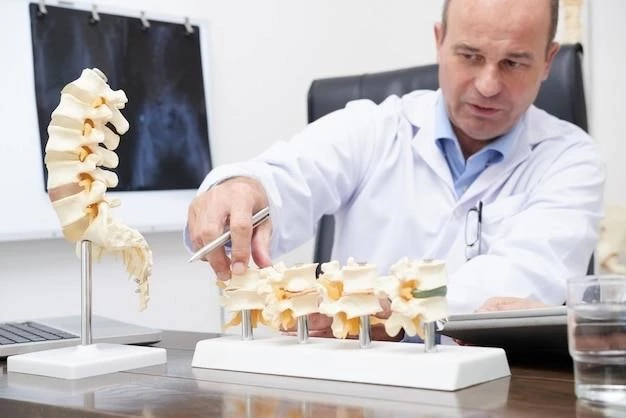Overview of Trochlear Dysplasia
Trochlear dysplasia involves a shallow, flattened trochlear groove causing patellar instability. It can lead to chronic pain and joint instability. Early diagnosis and treatment are crucial.
Trochlear dysplasia is a condition characterized by an abnormal shape and depth of the femoral trochlear groove where the patella articulates. This shallow groove can lead to chronic pain, patellar instability, and increased risk of dislocation. It is crucial to understand the pathology of trochlear dysplasia to guide appropriate diagnostic and treatment approaches for patients.
Definition and Pathology
Trochlear dysplasia is a condition characterized by an abnormal shape and depth of the femoral trochlear groove, leading to chronic pain and patellar instability;
Radiographic Evaluation
Radiographic evaluation plays a crucial role in diagnosing trochlear dysplasia, with specific criteria such as trochlear groove depth and morphology being key indicators. Imaging techniques like MRI and X-ray provide essential insights into the abnormalities in the femoral trochlear groove, aiding in the classification and assessment of the severity of the condition. Understanding the radiographic features is fundamental in guiding treatment decisions and prognosis for individuals with trochlear dysplasia.
Diagnosis and Classification
Radiographic evaluation plays a crucial role in diagnosing trochlear dysplasia, highlighting specific criteria like trochlear groove depth and morphology crucial for accurate assessment.
Association with Patellar Instability
Trochlear dysplasia is strongly linked to patellar instability, with a high incidence of patients experiencing recurrent patellar dislocations due to the abnormal shape and depth of the trochlear groove. Understanding this association is crucial in diagnosing and managing the condition effectively to prevent further complications.
Clinical Presentation and Symptoms
Patients with trochlear dysplasia may experience chronic knee pain, patellar instability, and possible recurrent dislocations. It is essential to recognize these symptoms for early intervention and management.
Trochleoplasty Procedure
Trochleoplasty is a surgical procedure recommended for patients with trochlear dysplasia to address patellar instability and chronic knee pain. This intervention involves reshaping the trochlear groove to improve patellar tracking and stability, ultimately enhancing the overall function of the patellofemoral joint. Discuss with your healthcare provider the benefits and potential risks associated with trochleoplasty to determine if it is the right treatment option for you.
Prognosis and Complications
Understanding the prognosis and potential complications of trochlear dysplasia is crucial for effective management and long-term health of the patellofemoral joint. It is important to be aware of the impact this condition can have on joint stability and overall function.
Impact on Patellofemoral Joint Health
Trochlear dysplasia significantly impacts patellofemoral joint health, leading to issues like chronic pain, instability, patellar dislocations, and osteoarthritis. Understanding the influence of trochlear dysplasia on the joint is crucial for effective treatment and management strategies to preserve long-term joint function and mobility. Early detection and intervention can help mitigate potential complications associated with this condition.

Prevention and Lifestyle Management
Preventing trochlear dysplasia involves early detection and intervention, along with lifestyle modifications like weight management and proper knee-strengthening exercises. Consulting a healthcare professional for personalized guidance is essential.
Importance of Early Intervention
Early intervention is crucial in managing trochlear dysplasia to prevent complications such as chronic pain, patellar instability, and dislocations. Timely treatment can help improve joint health outcomes and reduce long-term issues associated with the condition. Consulting a healthcare provider promptly upon experiencing symptoms is advised for appropriate diagnosis and personalized treatment planning.

Research and Future Developments
Stay informed about the latest research on trochlear dysplasia for potential advancements in imaging techniques, surgical procedures, and treatment approaches. Research plays a critical role in improving outcomes for individuals with this condition.
Advancements in Imaging Techniques
Ongoing advancements in imaging techniques like MRI and axial radiographs have enhanced the diagnosis and evaluation of trochlear dysplasia. These improved imaging modalities provide detailed insights into the femoral trochlear groove morphology and patellofemoral joint abnormalities, aiding in more accurate diagnosis and treatment planning. Staying updated on these imaging developments is essential for healthcare professionals in managing trochlear dysplasia effectively.
